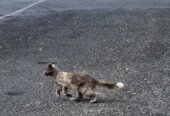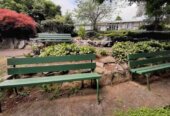Scout leaders learned how to build emergency shelters in Pirongia Forest Park recently.
The leaders, kaiarahi or mentors, were challenged to build emergency shelters from material found lying on the bush floor. While trampers should always carry some form of shelter in case of an emergency, even on day trips, no pack liners or survival bags were used.
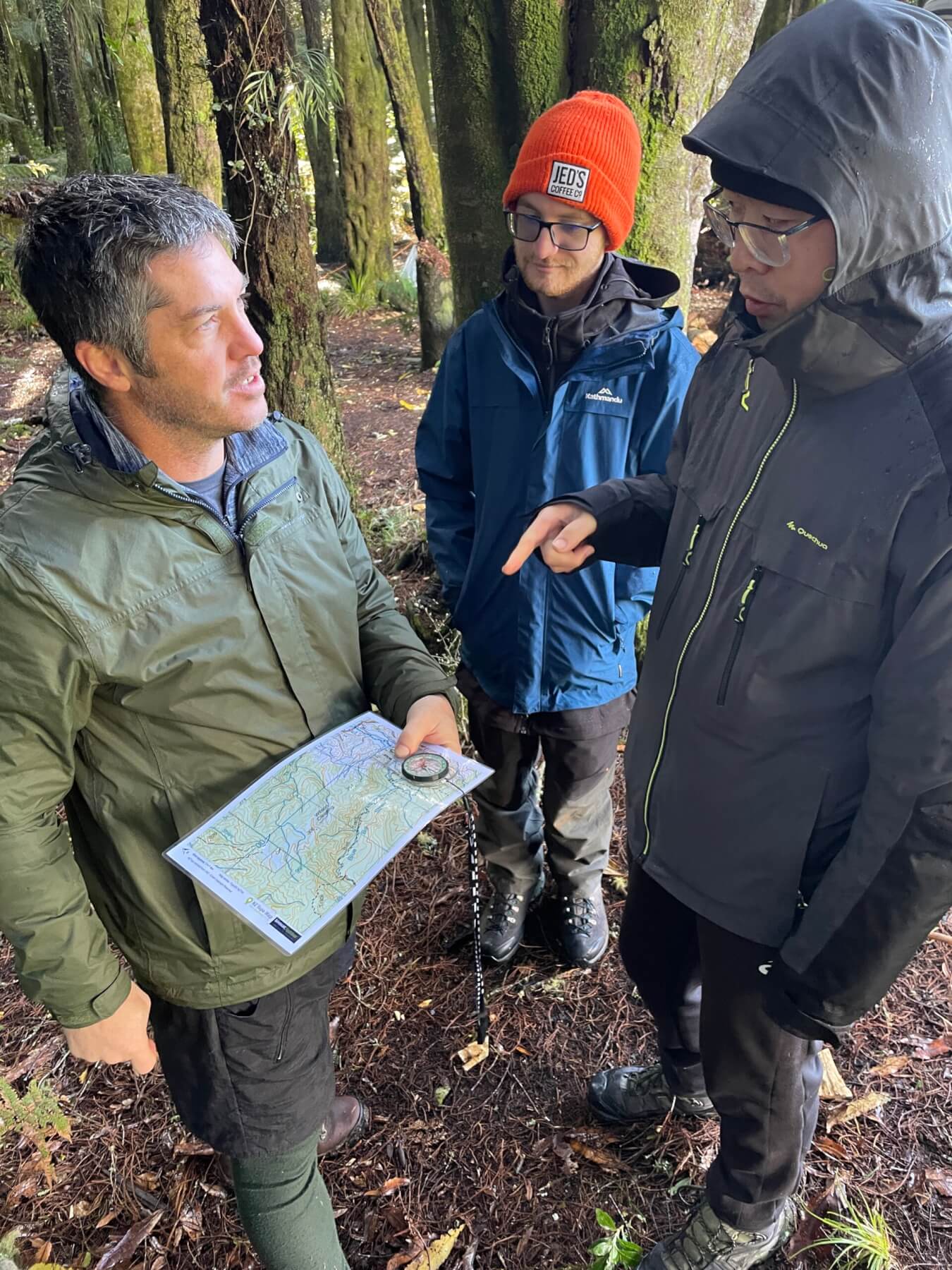
Cub kaiarahi Matt Rogerson prepares to take a compass bearing in Pirongia Forest Park with cub and scout kaiarahi Benjamin Durham-Westhead and Dawei Wang.
The 10 scout leaders were given just 15 minutes to build their shelters by the Scouts Aotearoa Introductory Tramping Course facilitators last month.
When they were done the group reviewed each effort and suggested what they would do differently next time, or with more time.
“I want to be more prepared for our scouts,” said Kirikiriroa and St Peter’s Scout Group scout kaiarahi Dawei Wang.
Wang joined the combined land and sea scout group in Hamilton two years ago after emigrating from China.
He was invited to become a kaiarahi after his son Tristan joined the group.
“I am as new as blank paper to New Zealand, scouting and all the tramping skills, but I must learn as quickly as possible. I am passionate to contribute to Kirikiriroa and St. Peter’s Scout Group and to Scouts Aotearoa as a big family.”
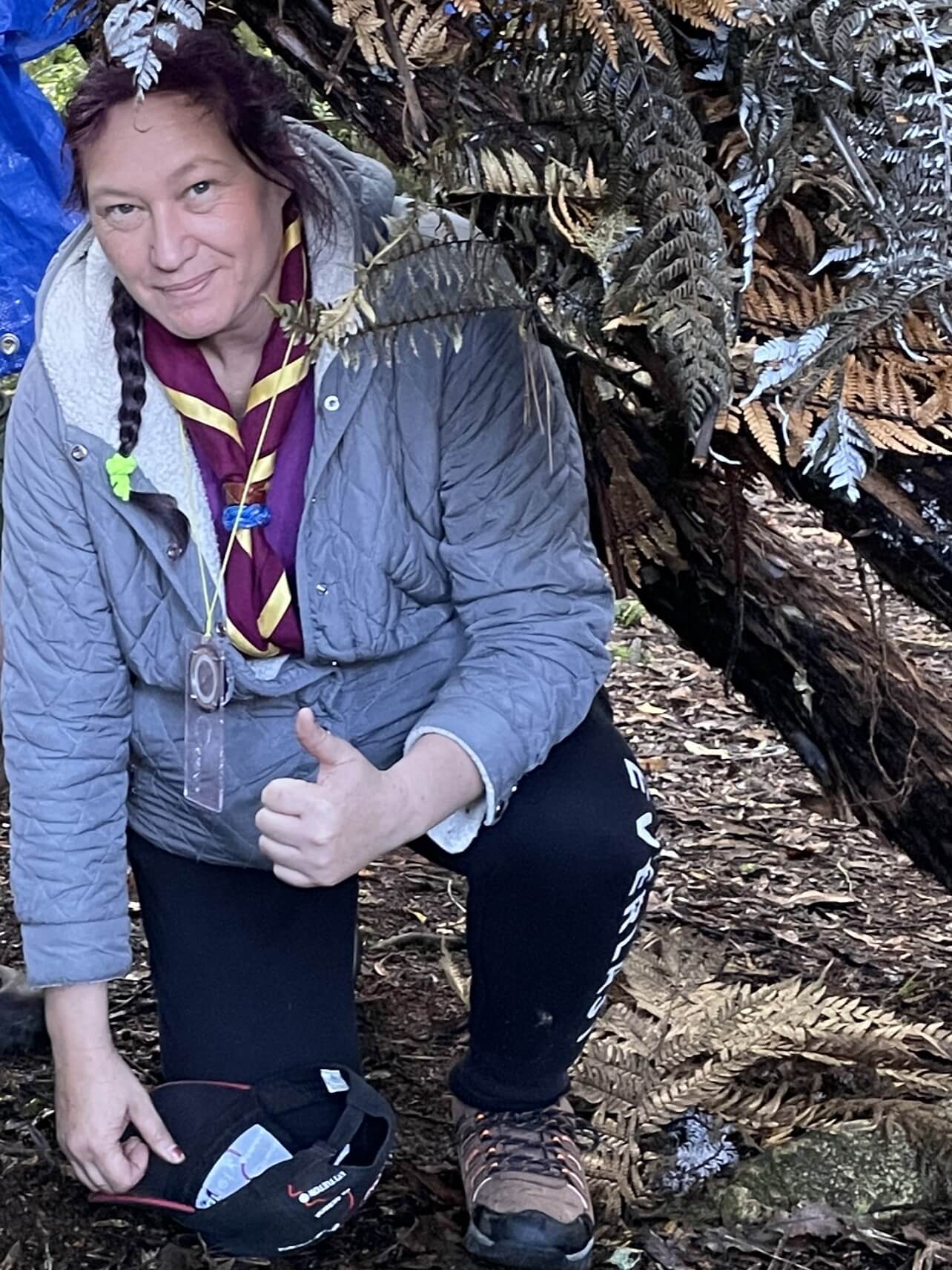
Te Awamutu cub kaiarahi Hariwera Shearer.
With his fellow kaiarahi, Wang learned how to prepare for a day trip following best practice established by the New Zealand Mountain Safety Council. A waterproof jacket, warm hat, gloves, phone, emergency communication device, compass, map, fire lighting kit, headtorch, batteries, survival bag, food and water are a minimum requirement for everyone on every trip.
Search and rescue are required for 540 people in New Zealand every year.
Kaiarahi were taught the differences between true north, grid north and magnetic north, the foundation to navigating with compasses and maps. True north is the location of the imaginary North Pole. Grid north is the direction vertical lines (or eastings) run on a map. Magnetic north is the constantly moving mass of magnetic ore off of North America sitting 23.5 degrees east of true north.
Wang spent the following day practicing his newfound skills navigating his way back onto a track from thick bush.
“It will help me to enjoy a tramping journey and get home safely,” he said.
Pirongia Cub kaiarahi Matt Rogerson has recently returned to scouts as an adult, having been a youth member.
He had learned many of the skills covered in the course when he was a cub and scout in Feilding Scout Group. It was great revision for him.
“Some big take aways were the connections with fellow kaiarahi I made, and knowledge gained to successfully lead our cub section on future tramps safely,” he said.
“The connections will really help Pirongia Scout Group when it comes to supporting youth planning more adventures.”
Te Awamutu Cub Scout leader Harirewa Shearer feels better prepared to take cubs on a day walk.
“I challenged myself by going into my first ever cave, which was terrifying, exhilarating and exciting.”
Her group, led by Kirikiriroa & St Peter’s Scout Group kaiarahi Lyndon James, visited Kaniwhaniwha Caves.
“I would never have done that if I didn’t feel safe in the knowledge that there were people there who would not only keep me safe, but also guide me and help me mentally through it. I wish to do the same for the cubs I lead also.”
James is also a New Zealand Outdoor Instructors Association Bush Leader with Overnight Endorsement and is working on his Abseil and Rock Leader qualifications.
Shearer found the hands-on aspect of the course, learning by doing, beneficial, and she particularly enjoyed role playing scenarios such as sprained ankles, and members of the party running ahead.
“It was a brilliant day, with people who are trying to step forward with their training, to be a better leader.”
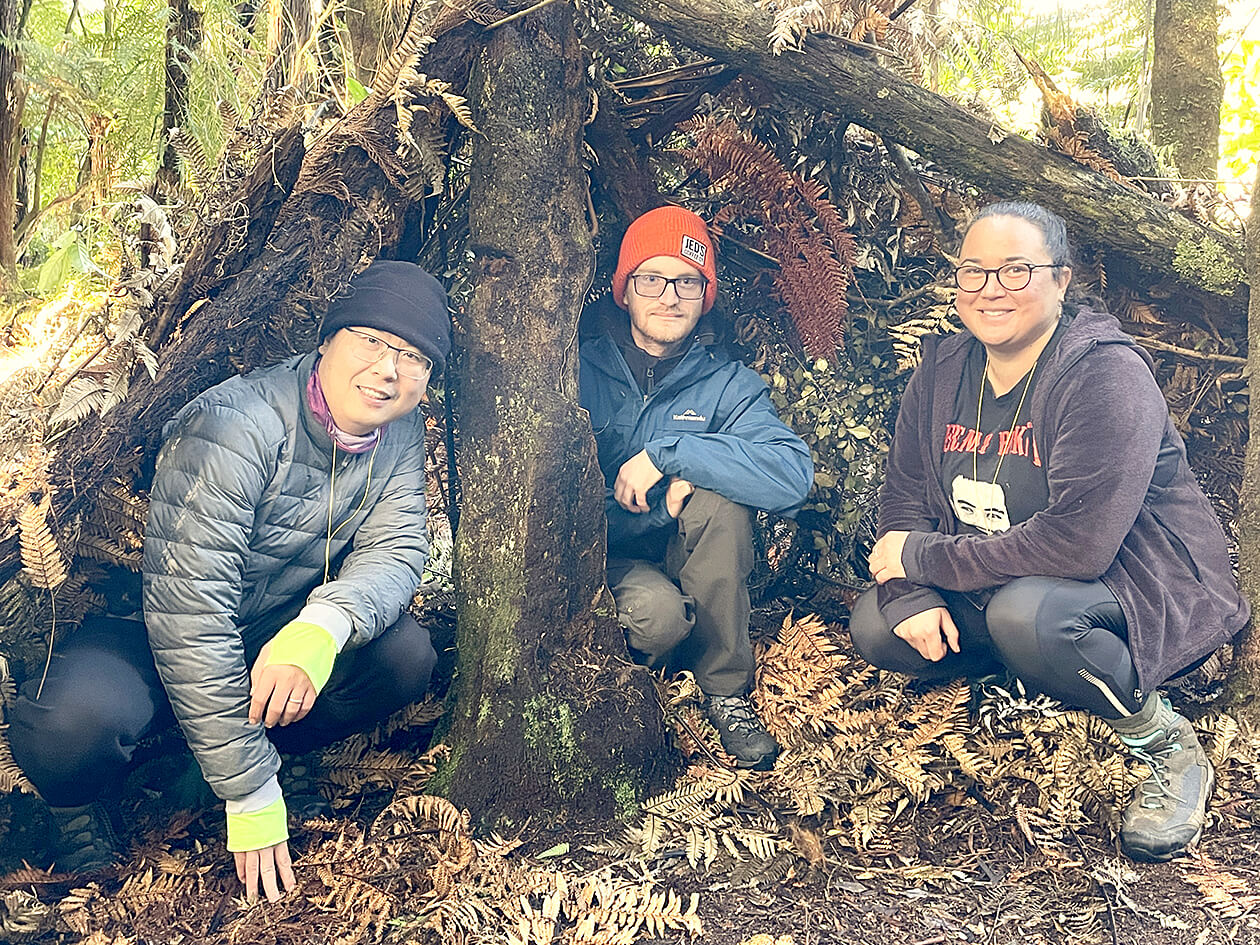
Kaiarahi dawei Wang, left, built an emergency shelter in Pirongia Forest Park with cub scout Kaiarahi Benjamin Durham-Westhead and Bodene Neale.





